This review is taken from PN Review 78, Volume 17 Number 4, March - April 1991.
on James Schuyler
John Ennis, Heinrich Heine, Salvador Espriu, Charles Tomlinson, Peter Bland, Carole Satyamurti, Andrew Motion, Michael Longley, David Scott, Michael Longley, John Riley, Mark Strand, Denise Riley, John Montague, Clive Wilmer, Matthew Sweeney, Peter Abbs, George MacBeth, W.S. Graham, Francis Ponge, Douglas Clark, David Gascoyne, Christine Evans, Derek Mahon, Frederick Seidel, Geoff Page, Thomas Kinsella, Michael Hofmann, Ruth Bidgood, Kirkpatrick Dobie, Vicki Raymond, David Malouf, E.J. Scovell, Jean Garrigue, Fleur Adcock, Kenneth Koch, Bernard O'Donoghue, Eiléan Ní Chuilleanáin, James Schuyler, Lee Harwood, David Wright, Vivian Smith, Kathleen Raine, Hugo Williams, David Harsent, Michael Hamburger, Mark O'Connor, Les A. Murray, Charles Johnston, Fleur Adcock, Philip Levine, Galway Kinnell, Michael Riviere, Lawrence Lerner, Thomas Blackburn, D.M. Thomas, Fleur Adcock, John Montague, P.J. Kavanagh, David Holbrook, John Silkin, Günter Grass, Elizabeth Jennings, Patricia Beer, Peter Sansom, Jaan Kaplinski, Vladimir Khodasevich, Jack Clemo, Frank Koenegracht, Jamie McKendrick, Michael Symmons Roberts, Jean Bleakney, William Plomer, Colette Bryce, Kathleen Jamie, Selected Poems (
One may be reminded by James Schuyler when he is writing at his best of Robert Walser, the Swiss, who was, in Christopher Middleton's words, 'a stranger to the realm of ideas' and who 'brings a new world of sensibility, an unmediated vision of experience, an image of reality seen without the interference of a concept'. Many of the poems in Schuyler's earlier, and better, collections take the form of what one might call explorations in observation, whether obviously, as when he recounts what he sees during a walk, or less so, as when he describes what he sees from the window. His poems are charactistically light-footed, quickly passing from one perception to the next, and so are altogether unlike the strenuous description of an object or objects that one finds in the work of Ted Hughes, a method (for it is often that) which depends on a disjunction between observer and observed and which results in a curiously-wrought aesthetic object that is an index of a subjective journey and stands clear of the object it purports to stand for.
Schuyler's perceptions, though, seem effortless, his verbal discoveries seeming to match the quick sensitivity of his perceptual discoveries, the undwelled-upon object shining through the words; there is an impression of unlaboured exactness about such lines and phrases as these:
when by the window
a wisteria hangs its violet lights
creased with a sunny pallor
('Scarlet Tanager')
...
The page you have requested is restricted to subscribers only. Please enter your username and password and click on 'Continue':
If you have forgotten your username and password, please enter the email address you used when you joined. Your login details will then be emailed to the address specified.
If you are not a subscriber and would like to enjoy the 292 issues containing over 11,700 poems, articles, reports, interviews and reviews,
why not subscribe to the website today?
